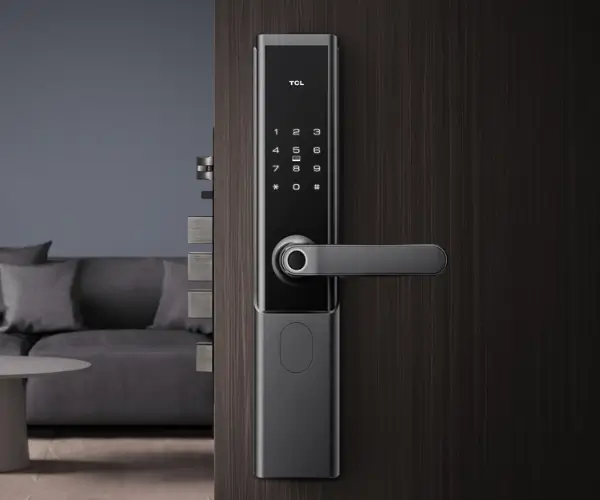When it comes to automation, robotics, or even custom DIY projects, choosing the right motor is a crucial step in ensuring successful performance and efficiency. Among the various options available on the market, the 12V 100 RPM DC gear motor stands out as a reliable workhorse capable of delivering precise control, durability, and versatility. Whether you're designing a conveyor belt system, a robotic arm, or an intelligent home device, understanding the specifications and potential of this motor type can significantly optimize your project’s outcome.

What Is a DC Gear Motor?
Before delving into the specifics of the 12V 100 RPM variant, it’s important to understand what a DC gear motor entails. Essentially, a DC gear motor combines a direct current (DC) motor with an integrated gear reducer, or gearbox. This setup allows the motor to produce low speed, high torque, and high precision in motion control.
The core principle: the motor itself provides the velocity, while the gear reducer modifies this velocity and amplifies torque. This synergy enables the motor to perform demanding tasks that standard motors might struggle with, especially in applications requiring slow, controlled movement with significant force.
The Significance of 12V and 100 RPM
The voltage rating of 12 volts is standard for many small-scale applications, making this motor suitable for battery-powered devices, portable machinery, or systems where power efficiency is critical. 12 volts strikes a good balance between power output and energy consumption, ensuring the motor can operate reliably without demanding excessive current.
Meanwhile, 100 RPM (revolutions per minute) signifies a low-speed output ideal for applications where precision and controlled motion are paramount. Unlike high-speed motors that spin rapidly but lack torque and finesse, a 12V 100 RPM gear motor excels at smooth, deliberate movements—think of robotic joints, camera sliders, or automated fixtures.
Key Specifications That Define the 12V 100 RPM DC Gear Motor
While individual models may vary slightly, the primary specifications provide a rough but clear picture of what this motor offers:
Voltage: 12 volts DC — compatible with common power sources and batteries.
No-Load Speed: Close to 100 RPM at rated voltage, though actual speed can vary with load.
Rated Load Torque: Typically ranges from 2 to 10 kg·cm (or equivalent), depending on the gear ratio and design, signifying how much twisting force the motor can generate.
Gear Ratio: Often within 30:1 to 100:1, dictating how much the motor's speed is reduced and torque increased.
Current Draw: Starting current may be around 1-2 amperes, with running currents typically below 1 ampere at rated load.
Efficiency: Usually around 70-80%, depending on build quality and design.
Dimensions: Compact form factor, often around 30-50 mm in length and diameter, making them perfect for space-constrained projects.
Why Choose a 12V 100 RPM Gear Motor?
This motor offers a superb mix of low speed and high torque within a ready-to-use package. Specifically:
Precision Control: The low RPM and gear reduction give highly controllable movement, making it suitable for delicate tasks.
Durability and Reliability: Well-designed gearboxes and robust motors ensure long service life, even under continuous operation.
Power Efficiency: Compact 12V operation consumes less power, extending battery life in portable applications.
Versatility: From robotics and automation to hobbyist projects, this motor adapts to a broad spectrum of needs.
Popular Applications of the 12V 100 RPM DC Gear Motor
Understanding where this motor shines can help guide your project choices. Here’s a quick rundown:
Robotics: For joint movements, grippers, and robotic arms that require precise, slow movement with high torque.
Home Automation: Automated curtains, adjustable stands, and smart appliances that operate smoothly and quietly.
Conveyor Systems: Low-speed transportation systems demanding controlled and consistent motion.
Medical Devices: Equipment like infusion pumps or laboratory automation tools needing gentle, accurate handling.
Educational Kits: Perfect for students and beginners eager to learn about motion control and electronics.
Matching Your Application to the Specification
When selecting a gear motor, matching the torque, speed, and power ratings with your application's requirements is fundamental. For instance:
If your device demands high torque at low speeds, opt for a gear ratio that amplifies this benefit. If your application involves frequent start-stop cycles, ensure the motor has sufficient durability and a suitable thermal profile. For battery-powered, portable projects, energy-efficient models help avoid rapid depletion.
Understanding Gear Ratios and Their Impact
Gear ratio plays a decisive role. For example:
A 30:1 ratio will result in around 3.3 RPM output at the expense of torque. A 100:1 ratio will slow down the output to about 1 RPM but significantly amplify the torque.
Choosing the right ratio is about balancing speed and power, aligned with your project's priorities.
Leveraging innovations in modular drive technology, Kpower integrates high-performance motors, precision reducers, and multi-protocol control systems to provide efficient and customized smart drive system solutions.




































